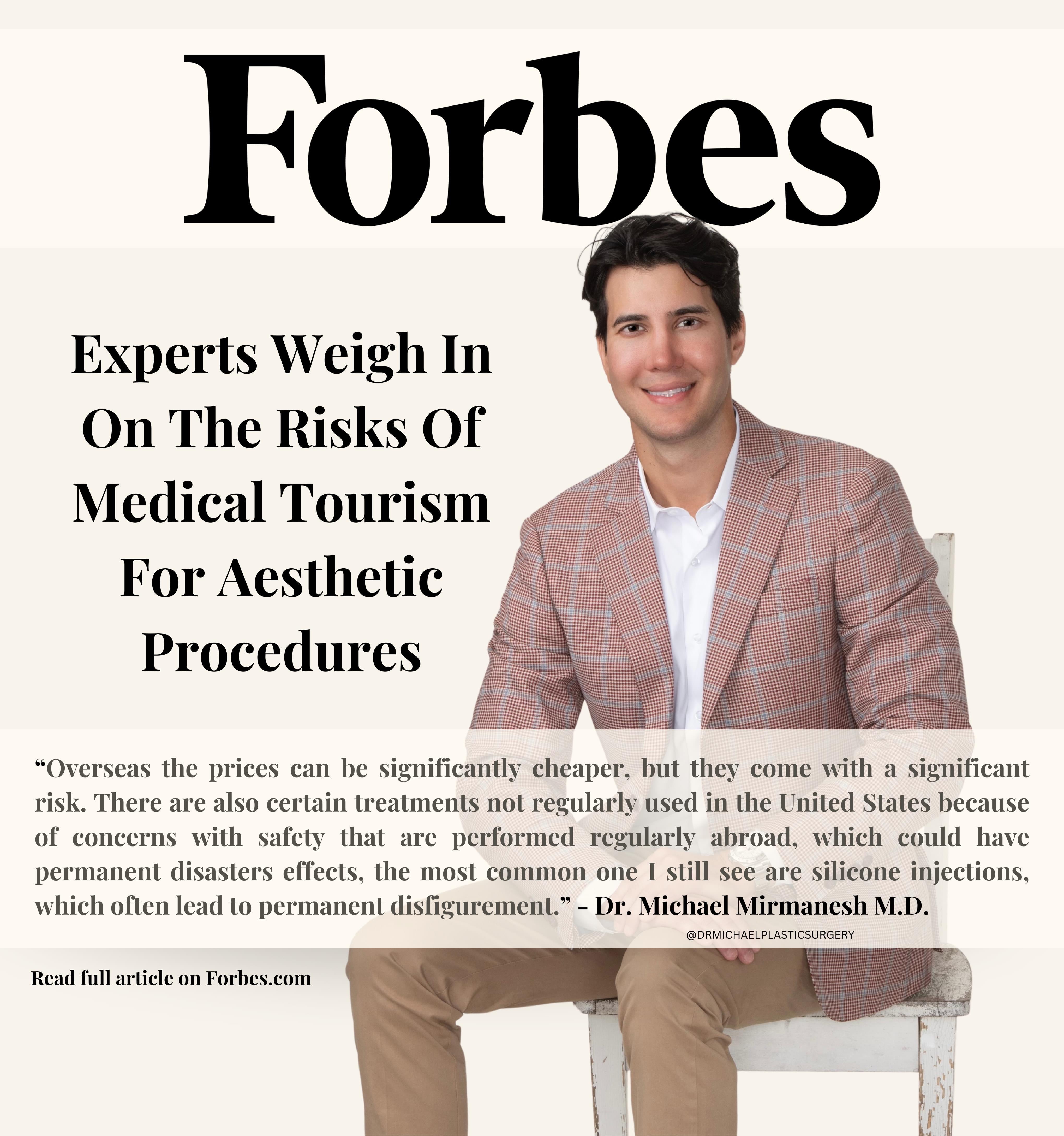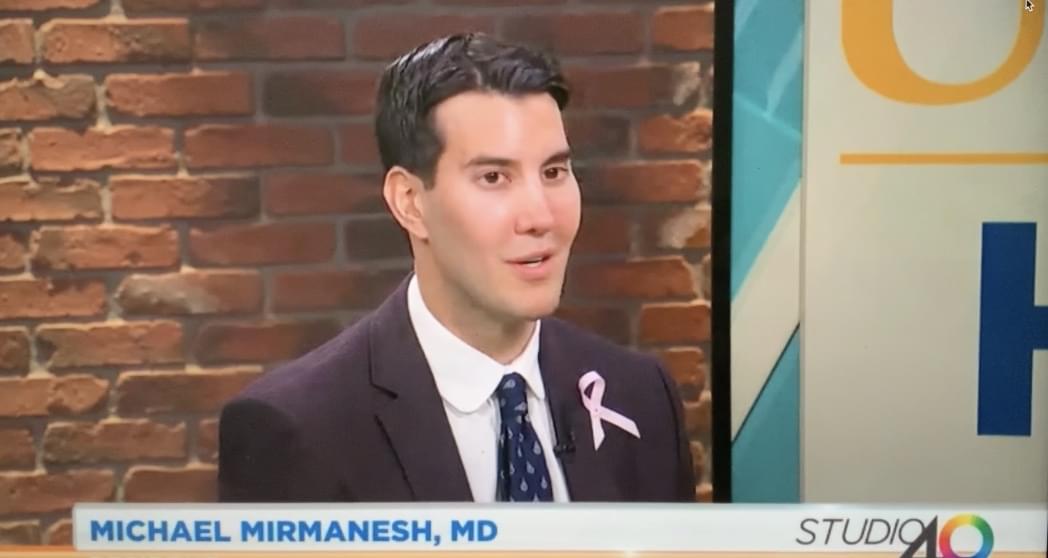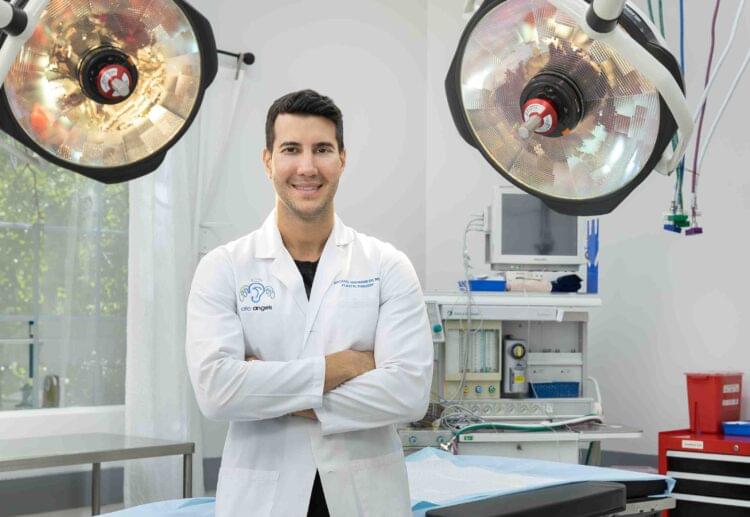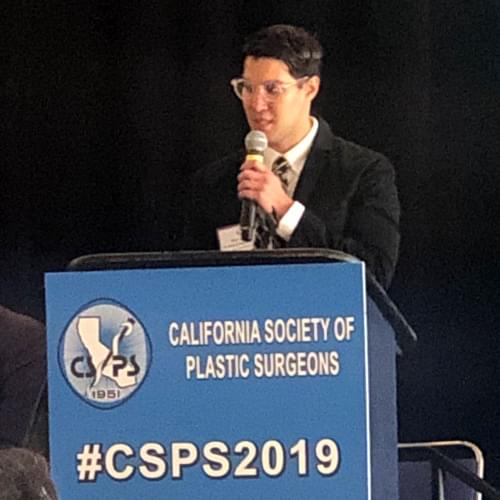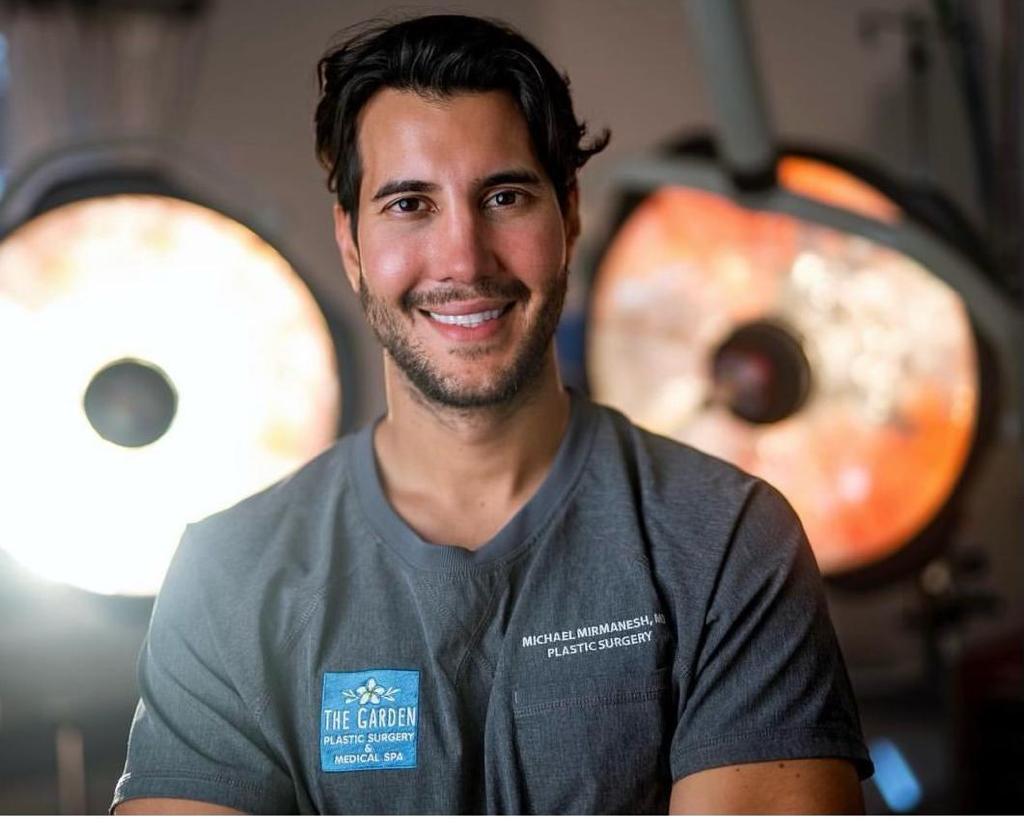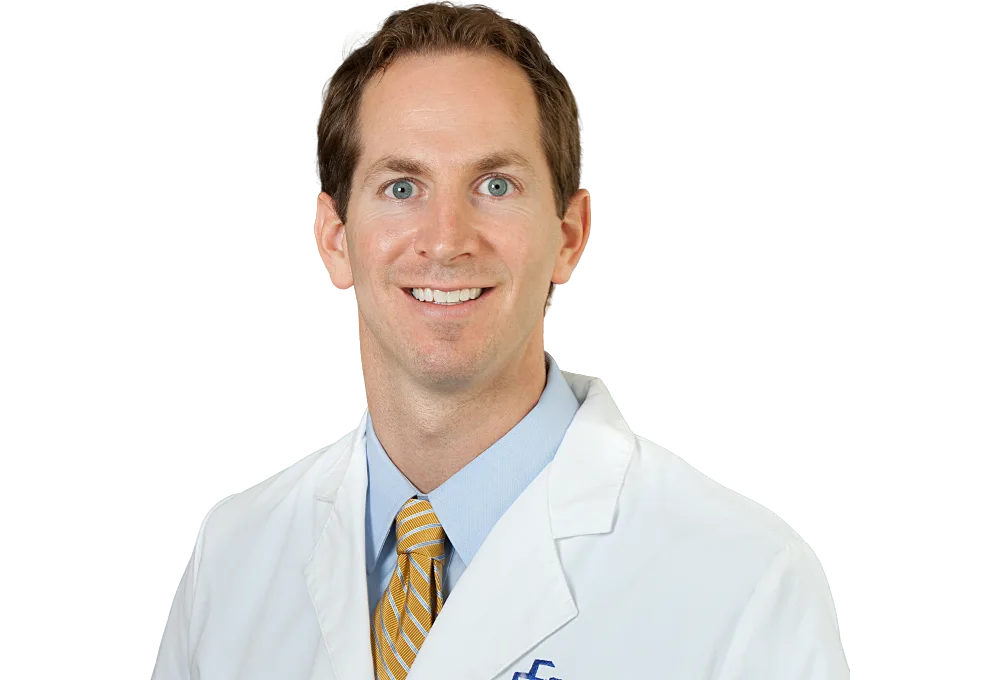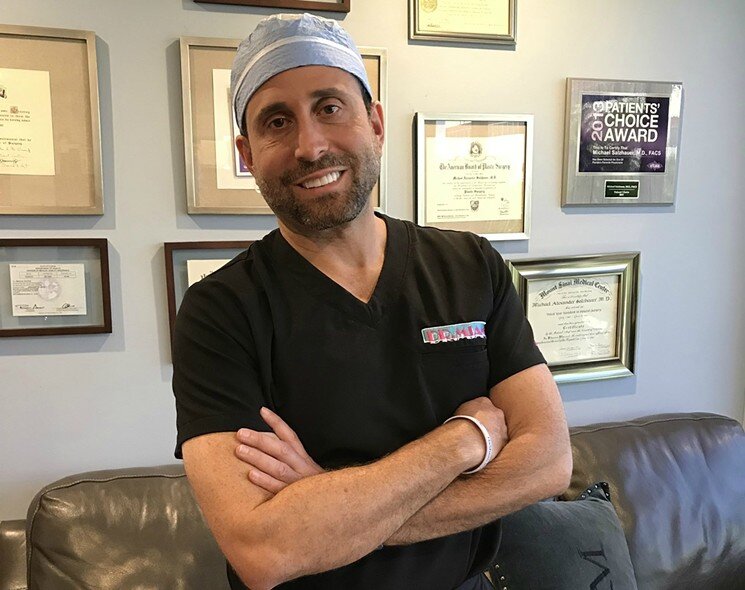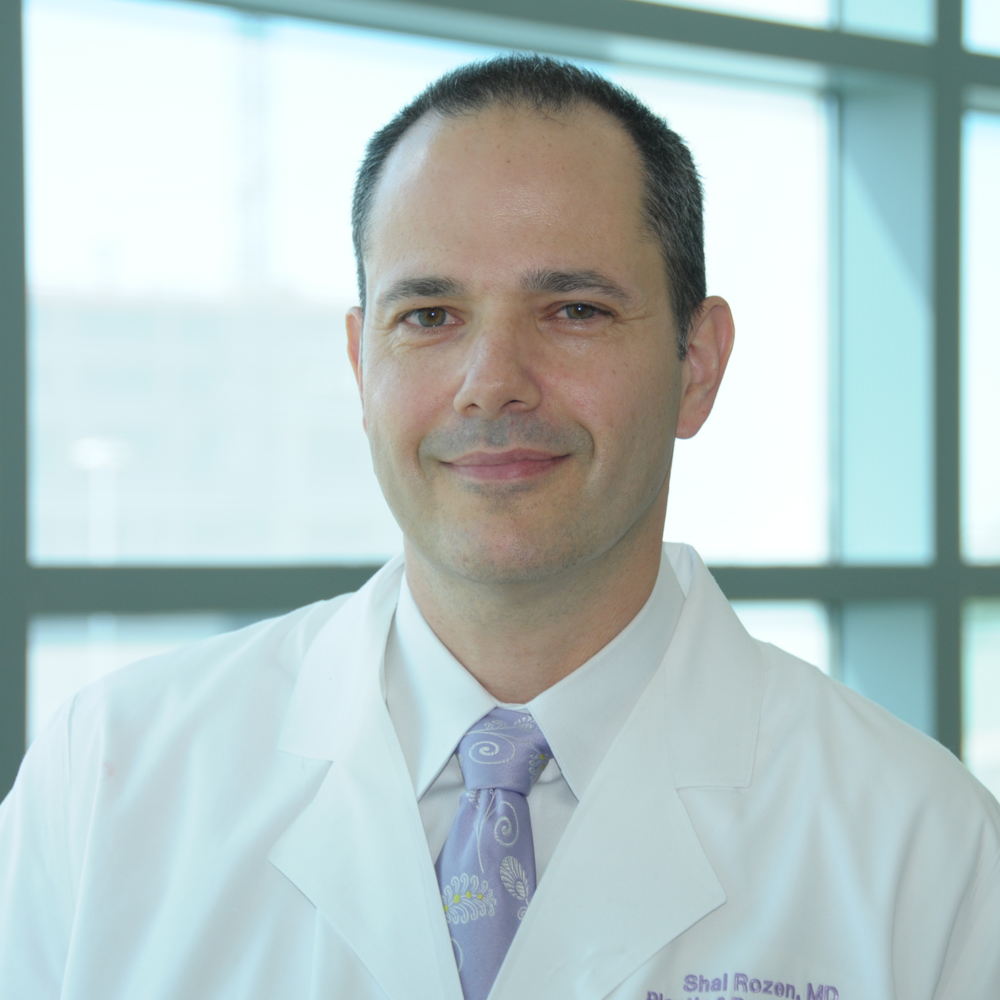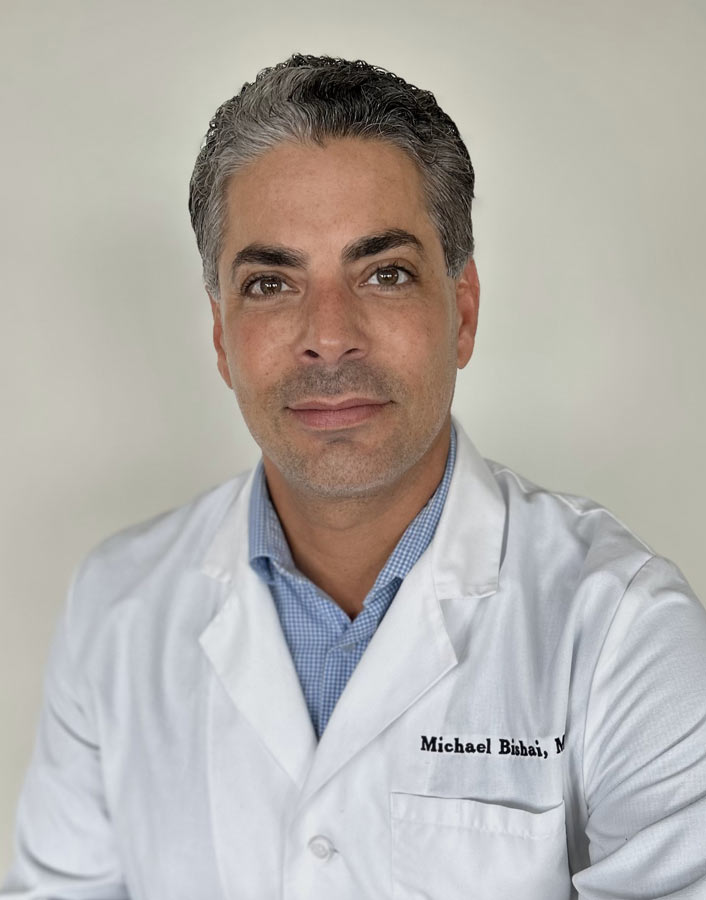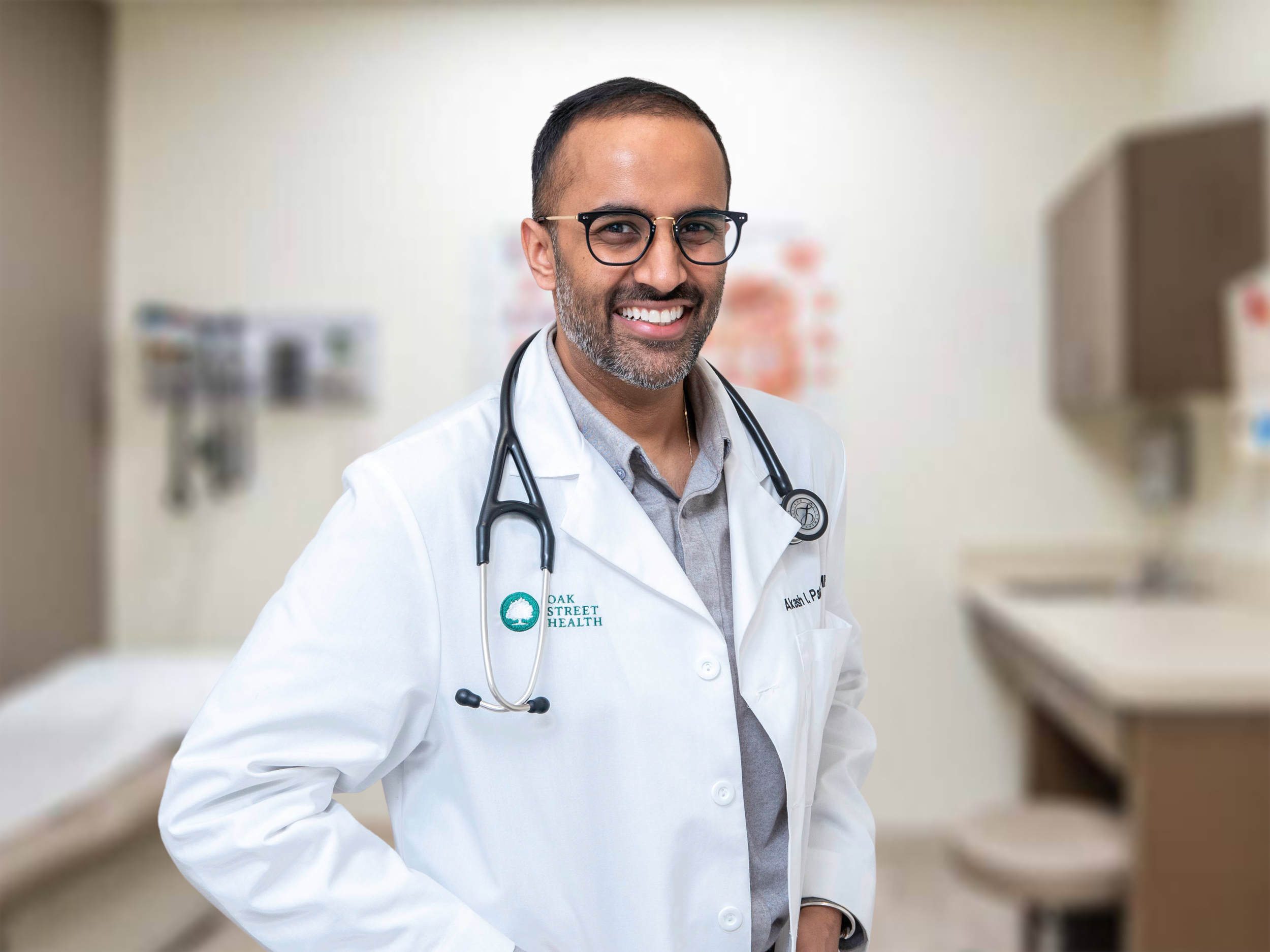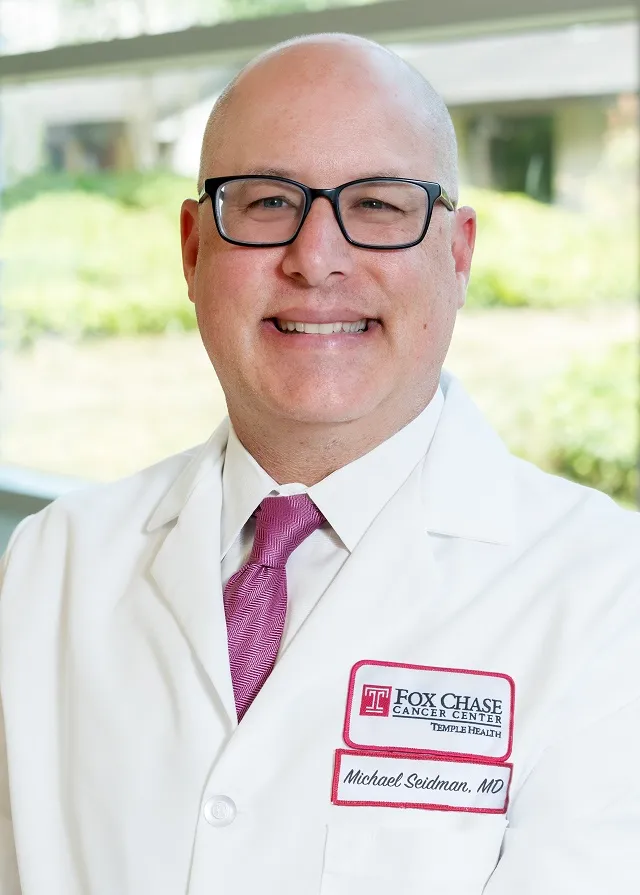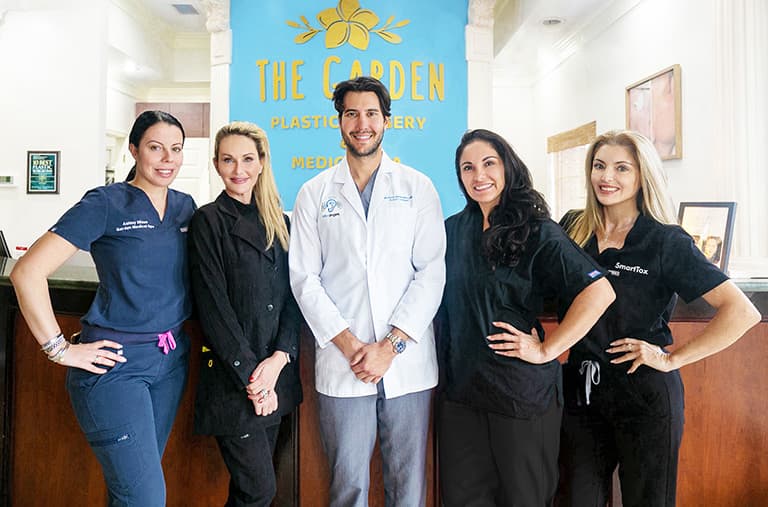Dr Michael D Mirmanesh Md Plastic Surgeon
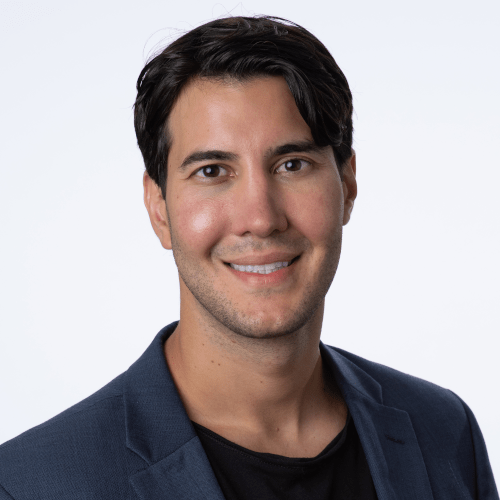
The field of plastic surgery, often associated with aesthetic enhancements, is also deeply intertwined with reconstructive procedures, impacting lives in profound ways. Among the practitioners navigating this complex landscape, Dr. Michael D. Mirmanesh, MD, has established a notable presence.
This article delves into Dr. Mirmanesh's career, examining his training, areas of specialization, and contributions to the field. It will also explore the broader context of plastic surgery, considering both its transformative potential and the ethical considerations it entails.
Background and Training
Dr. Michael D. Mirmanesh's journey in medicine began with rigorous academic pursuits. His medical degree, followed by specialized residency training in plastic surgery, laid the foundation for his career.
Specific details regarding his medical school and residency programs are essential to understanding the depth and breadth of his training.
Specialization and Areas of Expertise
Plastic surgery encompasses a wide range of procedures. Dr. Mirmanesh's practice focuses on several key areas, including both reconstructive and cosmetic surgery.
Reconstructive surgery addresses issues such as trauma, burns, and congenital deformities. Cosmetic surgery aims to enhance aesthetic appearance.
Understanding the specific procedures Dr. Mirmanesh performs is crucial to appreciating his expertise.
Contributions to the Field
Beyond clinical practice, many surgeons contribute to the field through research, teaching, and professional engagement. Dr. Mirmanesh's involvement in these activities reflects his commitment to advancing the field of plastic surgery.
Publications, presentations at medical conferences, and participation in professional organizations are indicators of these contributions.
Furthermore, mentoring aspiring surgeons is a significant contribution to the future of the field.
Ethical Considerations in Plastic Surgery
Plastic surgery, particularly cosmetic surgery, raises important ethical questions. These questions revolve around patient expectations, informed consent, and the potential impact on body image.
Ethical practitioners prioritize patient well-being and realistic outcomes. Open and honest communication is essential in addressing these concerns.
Navigating these ethical complexities requires a thoughtful and compassionate approach.
Patient Perspectives and Outcomes
The ultimate measure of a surgeon's success lies in the outcomes achieved for their patients. Gathering patient feedback and analyzing outcome data is crucial for evaluating the effectiveness of surgical interventions.
Patient testimonials, while anecdotal, can provide valuable insights into the patient experience. However, it’s important to acknowledge that individual experiences may vary.
Objective outcome data, such as complication rates and patient satisfaction scores, offers a more comprehensive assessment.
The Future of Plastic Surgery
The field of plastic surgery is constantly evolving, driven by technological advancements and a deeper understanding of human anatomy. New techniques, such as minimally invasive procedures and regenerative medicine approaches, are transforming the field.
3D printing, for example, is being used to create custom implants and surgical models. This technology has the potential to improve precision and outcomes.
As the field advances, continued emphasis on ethical considerations and patient safety will be paramount.
Conclusion
Dr. Michael D. Mirmanesh, MD, is one of many plastic surgeons contributing to a field that blends art, science, and compassion. His work, like that of his colleagues, highlights the transformative potential of plastic surgery, both in restoring form and function and in enhancing aesthetic appearance.
As technology continues to advance and societal attitudes towards appearance evolve, the role of plastic surgeons will undoubtedly continue to evolve as well. Ultimately, prioritizing patient well-being and ethical practice will remain the cornerstones of this dynamic field.
